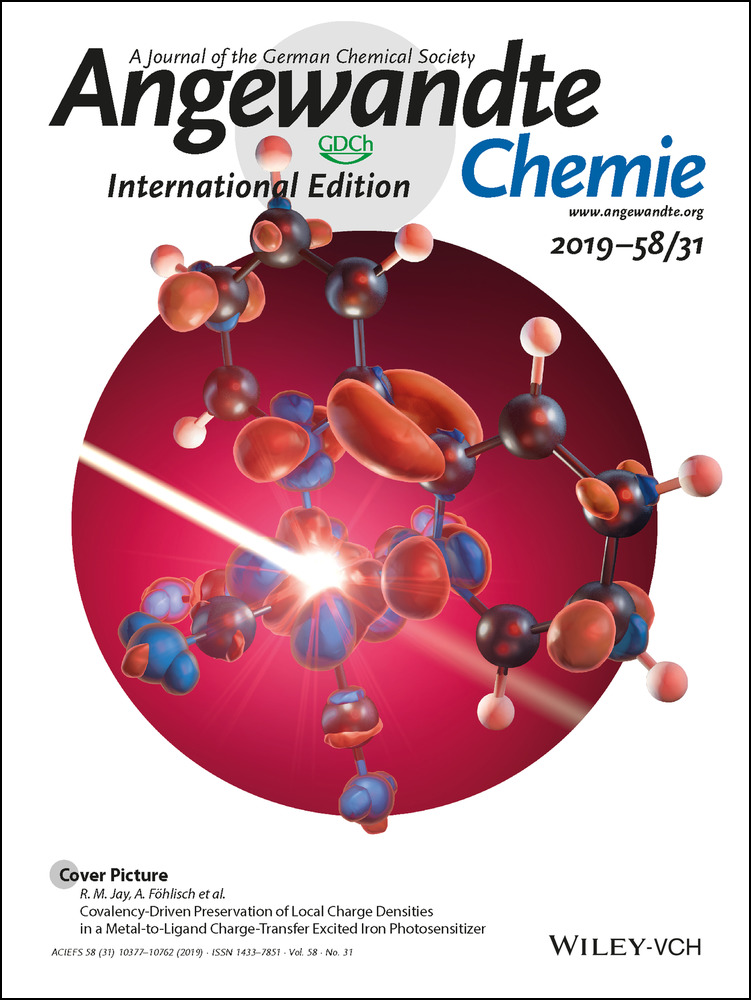Surface Reconstruction by a Coassembly Approach
Dedicated to the 100th anniversary of Nankai University
Graphical Abstract
Tuneable surfaces: Surface micelles on silica particles are fabricated by the coassembly of polymer brushes and “free” block copolymer chains in a selective solvent. The surfaces of these modified silica particles present switchable properties upon treatment with water and with tetrahydrofuran (THF).
Abstract
Materials with switchable surfaces, capable of changing surface properties under external stimuli, are playing a pivotal role in many applications, such as tissue engineering, biosensors, and drug/protein delivery. In this research silica particles with patterned and switchable surfaces are fabricated. Surface micelles on silica particles are formed by coassembly of polymer brushes and “free” block copolymer chains in a selective solvent. The cores of the surface micelles are crosslinked by anthracene photodimerization. After quaternization of the coronae, amphiphilic surface micelles are prepared. The surface micelles are able to rearrange in different media. After treatment with an organic solvent, the surfaces of silica particles are occupied by hydrophobic polymer components; in aqueous solution, the positively charged polymer chains are on the surfaces. The switching of the surface micelles results in changes in surface composition and wetting behaviors.





